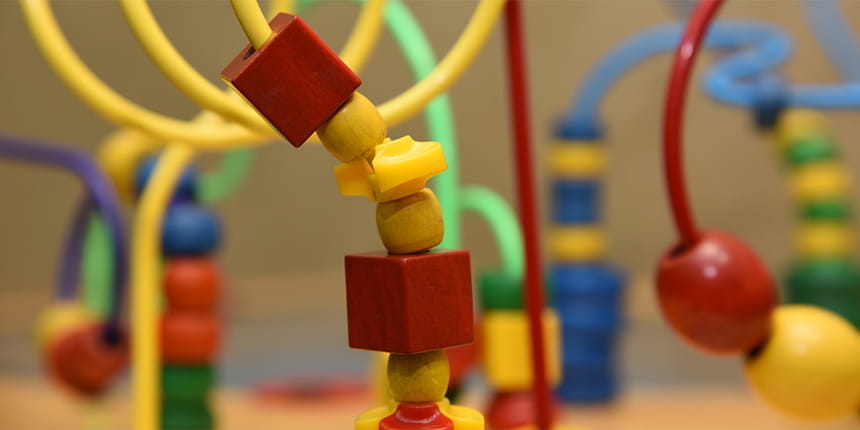Neurodevelopmental disorders are conditions associated primarily with the functioning of the neurological system and brain and are typically identified during the developmental course of childhood. Estimates indicate that about 15% of children in the United States aged 3 to 17 years are affected by neurodevelopmental conditions, including attention deficit hyperactivity disorder, learning disabilities, intellectual disabilities and specific conditions such as autism, spinal bifida and Down syndrome along with hundreds of other rarer conditions.
Efforts at IU School of Medicine across pediatrics, psychiatry, child neurology, genetics and other medical specialty areas help to maximize methods of clinical service delivery, the education of new professionals and research outcomes and innovations. The work also includes outreach to collaborators within state and community organizations, including training and support in primary care networks, and participation in statewide advisory councils, as well as advocacy for best standards of care and service delivery.
